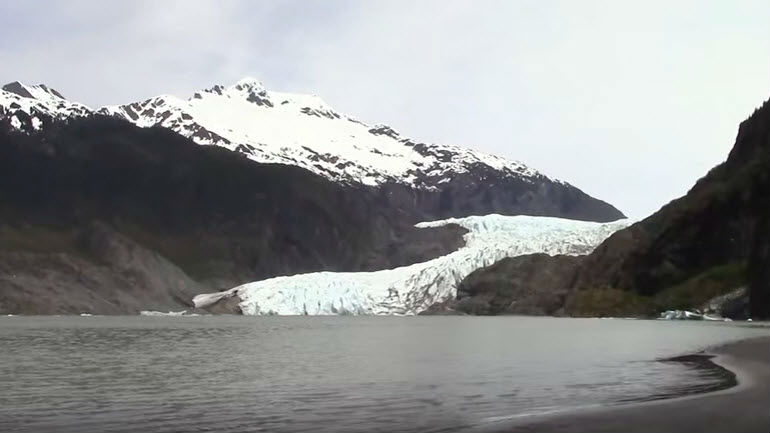Four Projects Critical to the U.S. Arctic

The non-partisan Alliance for Innovation and Infrastructure (Aii) has highlighted four proposed projects which it argues are critical to the U.S. Arctic. Failure to support economic development and fund military priorities in the Arctic could cost Alaska and the
Federal Government $6.3 Billion in necessary infrastructure investment, says the organization.
Aii’s report, Arctic Promise: Challenges and Opportunities in Realizing the Next Generation of U.S. Arctic Infrastructure is the first attempt to quantify the effects of infrastructure in the region, providing a panoramic appraisal of development in the Arctic to date.
In addition to assessing the impact of existing projects, the paper highlights four proposed projects which it argues can bring a range of critical benefits to America’s Arctic:
• Deep draft expansion at Port of Nome;
• Develop Port Clarence into a Maritime Support Base;
• Creation of a new dock at Cape Blossom;
• And enhanced Arctic military and maritime infrastructure.
“Infrastructure development in Alaska’s Arctic region is critical to the United States’ national security and geopolitical interests and will improve the health, safety and economic well-being of Alaska’s Native population,” says Aii Chairman Brigham McCown. “Aii believes that the four projects outlined in the paper would play an integral role in securing these important objectives, and would collectively help facilitate an estimated $6.3 billion in infrastructure investment into the region.”
The Arctic regions need increased infrastructural development, especially as the Arctic’s thinning sea ice creates new shipping routes and increased summer navigability - providing new economic opportunities and furthering U.S. strategic imperatives, states the report. These needs range from healthcare facilities, roads, bridges, deep-water ports and transshipment centers, to high-speed broadband internet and access to modern healthcare services for Alaska’s Native populations.
“It is also critical to the United States’ national security and geopolitical interests, that we develop the region further and invest in a fleet of modern icebreakers – the vessels that break up ice to provide other ships access to open waters – to keep pace with Russia, which has taken a commanding position in the Arctic by investing billions of dollars on infrastructure, including a large fleet of at least forty icebreakers.”
Arctic offshore oil and gas activity – if allowed – would bring significant fiscal resource and result in major infrastructure investment, according to the study.
Aii’s study emphasizes the vital role that energy development has historically played in the Arctic, highlighting synergies between the industry’s infrastructure needs and other national policy priorities. Noting these, the report argues that the Obama Administration’s moratorium on oil and gas exploration and production in the Beaufort and Chukchi Seas, removes one of the most effective levers to stimulate the creation of the next generation of U.S. Arctic infrastructure.
The study concludes that the question of whether and how effectively this infrastructure will be realized is therefore likely to come down to whether the Trump Administration chooses to prioritize the issue within its first 100 days in office.
McCown says that “The Obama Administration’s decision to ban offshore oil and gas production in the Arctic will sideline the most potent source of capital investment needed for infrastructure projects and will ensure listless economic conditions for Alaska, increasing barriers to modern healthcare services and driving up the cost of living for every Alaskan. We believe that the creation of a new generation of infrastructure can and will help resolve these challenges, but will depend on how quickly the new Administration chooses to address the issue.”
The report is available here.
